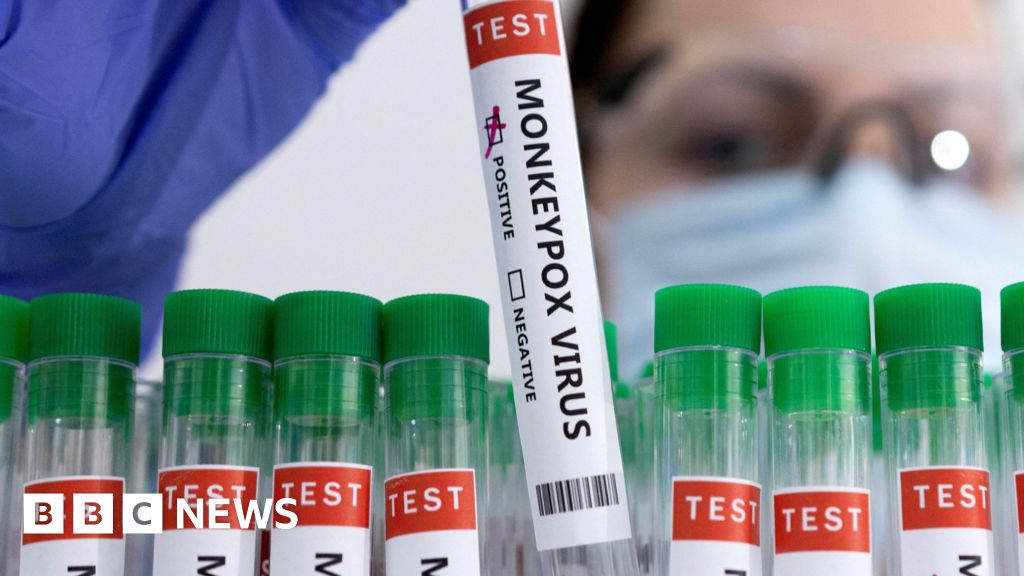Every five years since 1990, the United States Departments of Agriculture and Health and Human Services collaborate upon and publish a new edition of the Dietary Guidelines for Americans, which are intended to provide everyday citizens with evidence-based recommendations on diet to promote health and reduce the risk of chronic diseases. Through the decades, the advice offered in the manual has steadily changed along with advances in our understanding of modern nutrition.
For instance, take the food pyramid. First introduced within the guidelines in 1992, the original pyramid had a base of whole grain-heavy foods like bread, pasta, cereal and rice — for a recommended six to 11 servings a day — and then ascended level-by-level, from vegetables and fruits to dairy and protein, before peaking with fats, oils and sweets at apex.
In 2005, the guidelines shifted to the MyPyramid, which took the original icon and tweaked it; instead of horizontal levels, there were vertical, colored bands that represented the various food groups, like blue for milk products and orange for grains. The left side of the pyramid had been replaced with a staircase being ascended by a simple stick figure. The change was meant to both encourage exercise and the concept of more individualized nutrition plans, but critics complained the rendering was too complex and not intuitive enough regarding the recommended proportionality of food groups, which led to the eventual rollout of MyPlate in 2011.
This was then eventually superseded by the current guidelines, which instead promote the idea of healthy “dietary patterns” across the various stages of one’s life.
Through all the evolutionary stages of the Dietary Guidelines, much of the advice offered has been based primarily on nutrients, or what types of foods and food groups people should prioritize in order to achieve a balanced diet. However, as evidence about the harms of ultra-processed foods are growing, there’s a very real possibility the upcoming Dietary Guidelines, which will be released in 2025, will also issue recommendations about how much processed food Americans should be consuming.
This is a big deal because growing research also shows that, for most Americans, processed foods are hiding in plain sight — and that could be a big public health problem.
“Unprocessed or minimally processed foods are whole foods in which the vitamins and nutrients are still intact,” writes dietician Katherine D. McManus for Harvard Health Publishing. “The food is in its natural (or nearly natural) state. These foods may be minimally altered by removal of inedible parts, drying, crushing, roasting, boiling, freezing, or pasteurization, to make them suitable to store and safe to consume. Unprocessed or minimally processed foods would include carrots, apples, raw chicken, melon, and raw, unsalted nuts.”
She continued: “Processing changes a food from its natural state. Processed foods are essentially made by adding salt, oil, sugar, or other substances. Examples include canned fish or canned vegetables, fruits in syrup, and freshly made breads. Most processed foods have two or three ingredients.”
Some foods are highly processed or ultra-processed, which as McManus puts it, means they are “made mostly from substances extracted from foods, such as fats, starches, added sugars and hydrogenated fats.” They may also contain artificial colors, preservatives and stabilizers to change their shelf-life, color or texture. A lot of what most Americans would consider to be junk food — packaged cakes, potato chips, soft drinks — are ultra-processed, but so are a lot of items that people might think of as otherwise healthy, like some granolas, vegetable straws, fruit snacks and even the wave of nutrient-focused boxed mac-and-cheeses that has recently flooded supermarkets.
In fact, while exact percentages can vary, studies suggest that around 60 to 70% of the foods available in typical American supermarkets fall into the category of ultra-processed. However, most shoppers couldn’t identify those products. According to a September 2022 survey conducted by the International Food Information Council (IFIC), about 76% of Americans are unfamiliar with what qualifies as an ultra-processed food. More specifically, 66% of people said they’d never heard the term “ultra-processed,” while 10% said they were unsure.
In an interview with Health, Bonnie Liebman, the Director of Nutrition for the Center for Science in the Public Interest (CSPI), said the results aren’t surprising because the concept of ultra-processed foods is still relatively new. “Most Americans don’t know precisely which foods count as ultra-processed because researchers have only recently started looking at whether highly-processed foods can cause harm,” Liebman said.
In the ensuing two years, however, more and more research has come out connecting the consumption of ultra-processed foods to various health issues. As the Washington Post reported earlier this year, a new review “show[s] that diets high in ultra-processed food may be harmful to many body systems” after researchers linked those foods to more than 30 health conditions, including heart disease, diabetes and anxiety.
“76% of Americans are unfamiliar with what qualifies as an ultra-processed food.”
This gap between the knowledge of what ultra-processed foods are and their potential health impacts is troubling, which is potentially one of the reasons the upcoming Dietary Guidelines may clearly address the processing levels of foods for the first time. Per the 2025 Dietary Guidelines Advisory Committee, the group is using three scientific approaches — data analysis, food pattern modeling and systematic reviews — to examine the evidence on health and nutrition. As part of Step 1, HHS and USDA developed a list of proposed scientific questions to inform the committee’s work, and one of the first questions is: “What is the relationship between consumption of dietary patterns with varying amounts of ultra-processed foods and growth, body composition, and risk of obesity?”
While the committee has been deliberating, the lobbying campaign by the food industry has already started, reports the Washington Post.
“At least a half dozen food industry trade and lobbying groups have written letters to HHS urging the government to be cautious about issuing a recommendation on ultra-processed foods,” The Post’s Anahad O’Connor wrote in November. “They say that industrial processing makes food safe, convenient, and affordable, and they argue that there’s no accepted scientific definition for what exactly constitutes an ultra-processed food.”
However, many nutrition experts say there is sufficient evidence about the effects of ultra-processed foods for the Dietary Guidelines to issue recommendations on the topic.
“I think there’s sufficient evidence to recommend a reduction in calories from ultra-processed foods,” Marion Nestle, an emeritus professor of nutrition, food studies and public health at NYU, told the Washington Post. “I wouldn’t say don’t eat them at all — that makes no sense. But ultra-processed foods belong in a category of, ‘Don’t eat too much of them.’”
Read more
about this topic

Rachel Carter is a health and wellness expert dedicated to helping readers lead healthier lives. With a background in nutrition, she offers evidence-based advice on fitness, nutrition, and mental well-being.








